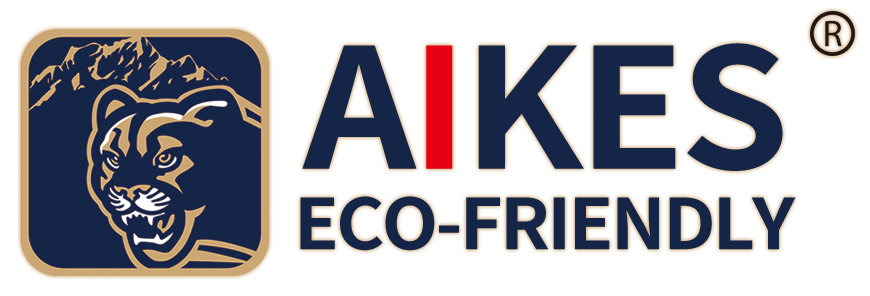- Current location:

What are the reasons for bubbles in the lubricant?
There are three kinds of air mixed in the lubricating oil: air dissolved in the oil (not visible to the naked eye), suspended and retained in the oil, bubbles that cannot be released, and foam on the oil surface. Among them, the most harmful to the machine and lubricating oil is the air bubbles that are suspended and retained in the oil.
The foam will collect and float on the oil surface, and the volume is relatively large. If foam occurs, it is generally necessary to be aware of the formation of bubbles inside the oil. The air bubbles are suspended and retained in the interior of the oil, which is small in size but harmful. Air bubbles can cause oil turbidity. If the oil is turbid, you can take some oil samples. If stratification occurs, the turbidity of the oil is caused by water or other liquid contamination. If it is left to stand for a while, the oil sample will be clear, and bubbles will be mixed into the oil. The reason for the bubbles in the lubricating oil:
1. There are many reasons for the increase of bubbles and foam in the lubricating oil. The most common one is the water in the lubricating oil. When water is mixed into the oil, the surface tension of the oil will decrease, and large bubbles will not form and float to the liquid surface, but will be broken into fine bubbles and suspended inside the oil.
2. Lubricating oil is contaminated: other oils, detergents, solvents, etc. are mixed into the oil.
3. Oxidation of lubricating oil: Oxidation of oil causes the anti-foaming property of oil to decrease. Some oils may increase in foam after a long period of use. The common cause is oil oxidation.
4. Depletion of additives: Anti-foaming agent loss will also cause bubbles to increase. It should be noted that bubble bubbles may also occur when the anti-foaming agent is added. Some users see more foam or anti-foaming agents are consumed, and anti-foaming agents will be added. The addition of anti-foaming agents will also cause bubble problems.
5. Leakage: Leakage of oil pipes, seals, etc.
6. Poor fuel tank design: the fuel tank is too small, there is no filter screen and baffle installed with filter bubbles, the return pipe and the suction pipe are too close, and the oil flow rate is too late to release air bubbles.
7. The viscosity of the lubricant is not properly selected.
There are bubbles and foam hazards in the lubricating oil:
Bubbles and foams are harmful to lubricating oils and machines. Bubbles accelerate the oxidative deterioration of lubricating oils, accelerate the consumption of additives, affect heat dissipation, and fail to form a complete lubricant film, causing wear on the equipment. Bubbles can also cause localized high temperatures in high pressure systems, causing oil to deteriorate quickly.
Hazard to equipment:
The air is easy to compress, there is gas in the lubricating oil, the thickness of the oil film becomes thinner or even the oil film breaks, and the mechanical parts directly rub against each other, causing wear.
Causes cavitation: Bubbles rupture under pressure and form cavitation damage to the metal surface.
Affecting mechanical operation: Air bubbles can affect the stable operation of the mechanical system. For example, the hydraulic system may have problems such as unstable operation, uncontrolled operation, formation of paint film stuck on the valve core, and corrosion.
How to prevent bubbles in the lubricant?
What should I do when there is more foam in the tank?
1. Use a clean, dry sample bottle to take some oil from the oil drain and observe if there is water in the fluid flowing out – free water or oil turbid, stratified, emulsified and white. If there is water, the foam is likely to be caused by water in the lubricant.
2. If it is not caused by moisture, check the leak point and oil level. If everything is normal, the oil sample should be tested for oil, and it is detected whether it is contaminated by other chemicals or oil, or the additive is consumed and the oil is deteriorated.
3. If the fuel tank is poorly designed, consider adding the tank volume, installing baffles and strainers in the oil return zone and the oil suction zone.
To ensure excellent mechanical lubrication, it is necessary to avoid any other substances and oils entering the lubricating oil. The oil should be clean, dry and free from any other substances. When purchasing, please choose a regular supply channel.
Share:



